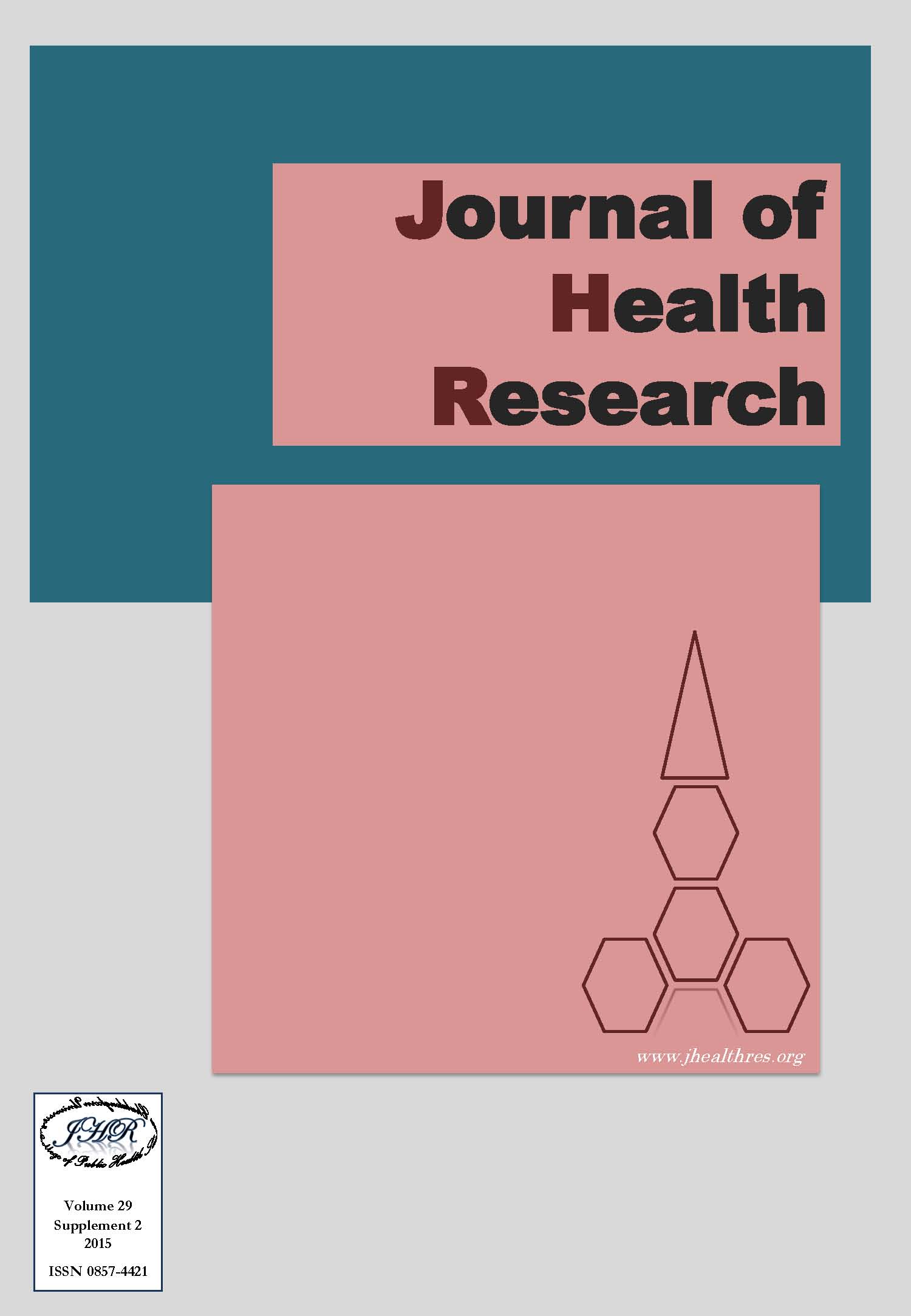Prevalence and risk factors associated with musculoskeletal disorder in maintenance workers of lignite power plant in Thailand
Keywords:
Musculoskeletal disease, Maintenance worker, Work-related injury, ThailandAbstract
Background: Musculoskeletal disorder is one of the most hazardous agents in the work place. It is the common health problem of workers, as well as a major cause of occupational disease. The purposes of this study were to find out the prevalence of musculoskeletal disease among maintenance worker of lignite power plant in Lampang Province, Thailand and to identify risk factors associated with musculoskeletal disorder (MSD).
Methods: A cross-sectional study was conducted with structured face-to-face interview questionnaire among 317 workers working in maintenance for at least 12 months. The Nordic Musculoskeletal Standard questionnaire was used to find the prevalence of MSDs. Chi-square analysis was used to analyze association between independent and dependent variables with statistical significant of p < 0.05 and odds ratio with 95% CI was applied to explore the risk factors of MSDs.
Results: Among the participating workers, 66.4 % reported MSDs in past 12 months and 57.7 % reported MSDs in past 7 days. The strong relationships between reported MSDs in past 7 days and education level (p = 0.01), working areas (p = 0.02), and overtime work (p = 0.01) were found. Postures of trunk slightly flexion (p = 0.022), prone (p = 0.01), standing (p = 0.03) had strong relationships with MSDs in past 12 months. Furthermore, lifted bent down trunk increased risk of neck pain (OR = 2.071, 1.089-3.940), shoulder pain (OR = 1.935, 1.108-3.379), wrist pain (OR = 2.619, 1.361-5.041) and knee pain (OR = 2.523, 1.129-5.635) significantly.
Conclusion: High prevalence of musculoskeletal disorder among maintenance workers was noted and exposure to ergonomic factors were significantly associated with MSDs. Installation of appropriated ergonomics design was suggested and ergonomics training are required for the maintenance workers.







